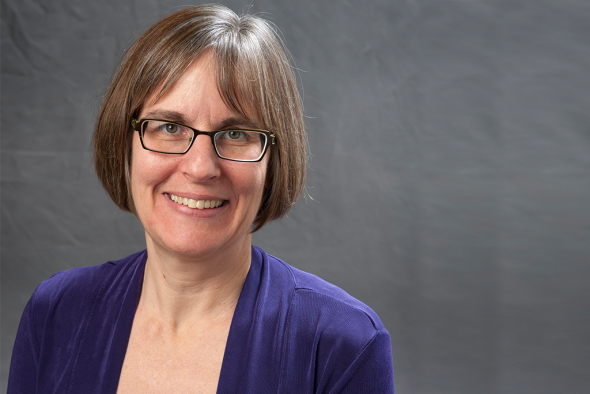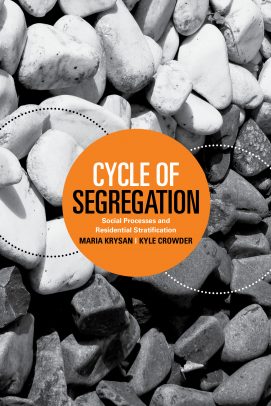How race impacts where people live
Sociologist Maria Krysan says it’s time to change the conversation about how we consider racial residential segregation in America today.
Her new co-authored book, Cycle of Segregation, aims to inform and advance that discussion.
Krysan teamed with Kyle Crowder of the University of Washington to explore the issue through original analyses of large-scale national surveys, such as the Panel Study of Income Dynamics and the American Housing Survey, along with interviews with Chicago area residents.
“Our goal is to unpack the hidden factors that impact where people end up living — people’s social networks, their lived experiences, and the media,” she explained. “We show how these processes — because of residential segregation and because of racial inequality — can set in motion a self-perpetuating system, whereby segregation begets segregation.”
The series of interviews and focus groups, held in 2003 and 2012, involved talking to Chicago-area residents about their experiences searching for housing, as well as their knowledge, experiences and perceptions of communities and neighborhoods throughout the metropolitan area.
“Coupled with the national survey data, these were open-ended, in-depth interviews that gave us rich insights into how people think about their housing options in particular, and the various neighborhoods and communities in the area more generally,” said Krysan, professor and head of sociology.
Key findings include the substantial role that social networks play in determining housing choices; housing searches are not completely informed or objective cost-benefit analyses; an area’s history of residential racial divides and perception of discrimination remain powerful factors; and segregation creates separate markets and flows of information that impact perceptions of both affordability and accessibility.
Krysan, who leads the race and inequality policy initiative at the Institute of Government and Public Affairs, says these factors operate alone and in conjunction with the causes that scholars for decades have focused on: economics, discrimination and people’s preferences.
In addition to social networks and past neighborhood experiences, Cycle of Segregation illustrates the way information shapes the housing search process and influences how and where people choose their home.
“One thing that community leaders can think about doing is to work to change the perceptions people hold of their community — to assure that people of all races or ethnicities feel welcome in them, for example,” Krysan said. “But our book also emphasizes that with the more complex understanding of the causes of segregation that we advance comes the realization that there are many potential policy levers that could be used to try to interrupt the cycle of segregation.”
The researchers suggest that policy solutions flowing from their research include inclusionary zoning, public relations campaigns, and methods to curb long-standing economic inequality across neighborhoods.
Krysan and Crowder point to some examples, both locally and nationally, where these tools are successfully being implemented, such as the Oak Park Regional Housing Center and Housing Choice Partners, an organization that assists voucher holders in making moves to opportunity areas.


